Quickling. It has become a favorite activity {and all-around awesome word!} here at my house this summer. You need not let your vegetable harvest go to waste, simply because you feel you do not have the time, space, or know-how to preserve or can your garden goodness. Quick-pickling, or as I affectionately call the process, “quickling,” is easier and faster than driving down to the grocery to purchase a jar of mediocre, store-bought pickles. And it is simply more tasty and rewarding!
I hear your hesitation, “I don’t know how to can, and I don’t have one of those fancy pressure cooking devices…” Well, the process of making refrigerator pickles is simple and does not require a large stockpot or a pressure canner. “But I only have a small amount of vegetables on hand,” you argue. Quickling solves that dilemma because you can make a small batch of brine to suit your present demand. I put off pickling for years because I thought the process was daunting. If you are a beginning preserver, the quickling process will initiate you beautifully: simply heat, mix, and pour. And, if you are a seasoned pro, quickling, as you know, is an excellent time-saver, when you want to quickly preserve and readily enjoy.
I picked these Kirby cucumbers from the garden first thing this morning, when they were at their prime for taste and texture. I have also heard to pickle or preserve your picked produce {by the way, this sentence was sponsored by the letter, “p”…} as close to the time you picked it, so that its optimal flavor is captured. I sliced each one, depending upon its size, into either halves or quarters, making sure to cut off the blossom end of each cucumber. Cutting off the blossom end ensures that an enzyme, which causes sogginess, is removed.
I also avoid commercially bought pickling spices and choose to make my own. This particular recipe is quite simple: the spicy, dilly, garlic notes shine through. I snipped a few cayenne and Thai peppers, several bay leaves, and some fresh dill seeds and flowers. Some black pepper corns and garlic cloves completed my blend. Feel free to add other spices, such as coriander, mustard seed, ginger, or even juniper berries.
Spicy Garlic Dilly Quickles – adapted from Marisa McClellan, author of Food in Jars and the amazing blog of the same name
Ingredients:
- 2 pounds Kirby cucumbers, sliced with ends removed
- 1 1/2 cups apple cider vinegar (or white vinegar)
- 1 1/2 cups water
- 2 tablespoons Kosher or “pickling” salt
- 1 tablespoon raw sugar
- 6 garlic cloves, peeled and sliced in halves (2 cloves per jar)
- 3 spicy peppers, sliced in halves (one per jar or use 1/4 dried pepper flakes per jar)
- several fresh dill seeds and flowers (or 1 teaspoon dried dill seed per jar)
- 1 1/2 teaspoons pepper corns (1/2 teaspoon per jar)
- 3 bay leaves (one per jar)
- 3 medium-sized or pint Mason jars (really, you can use whatever size you have on hand, and I have found that regular-sized mouth jars keep the pickles in line better)
Steps:
- Wash and slice the cucumbers into quarters or halves, depending upon the size and your preference. Cut off the blossom end of each cucumber.
- In a saucepan, combine the vinegar, water, sugar, and salt. Bring to a simmer and remove from heat.
- Add spices to each jar. Squeeze the cucumbers in as tightly as possible, without damaging them.
- Pour the brine liquid into each jar and leave about 1/2 inch head-space at the top of the jar.
- Tap the jars carefully to release any trapped air bubbles.
- Cover with lids and let cool. Once the jars are cool, place them in the refrigerator and let them sit for at least two days before you enjoy them. These pickles will keep in the fridge for up to a month, but I am sure that you will enjoy them long before they spoil!
I am super excited to try this batch of refrigerator pickles in a couple of days. Be sure to keep these pickles refrigerated at all times, for they are not shelf-stable like pressure-canned pickles. You can also adapt this recipe for other vegetables that you may have on hand; however, if you decide to quickle tougher veggies, like carrots, beets, or asparagus, blanch them for one minute, so that they are able to absorb the pickling flavor more readily. This afternoon’s garden chores also included harvesting sage leaves, basil, and parsley. After writing this post, I will be washing, sorting, and clipping the leaves to place in the dehydrator for the dried herb blend. And an herb-clipping session like this can only be enhanced by a refreshing glass of California Chardonnay!
The wine – Frog’s Leap Chardonnay, Napa Valley, 2011
- On the eyes – pale straw with golden reflections.
- On the nose – bright citrus with notes of apricot, wet rock, and faint spiced vanilla.
- On the palate – dry and crisp mouth-feel, with notes of stonefruit, lemon balm, and green apple.
- On the table – pairs perfectly with an afternoon of gardening or halibut, oysters, or roasted chicken breast {that’s for tonight!}.
- On the shelf – about $25.
- On the ears – paired with Wild Nothing’s “Counting Days” from the Nocturne album. This lazy and dreamy shoe-gaze track captured my sunny, toasty afternoon perfectly. Through the wispy vocals and hazy keyboards, I can almost see myself driving past an open field with the windows down, hands outstretched the window on a sun-drenched afternoon {while someone else is holding the wheel, of course!}.
Happy sipping, gardening, and quickling!
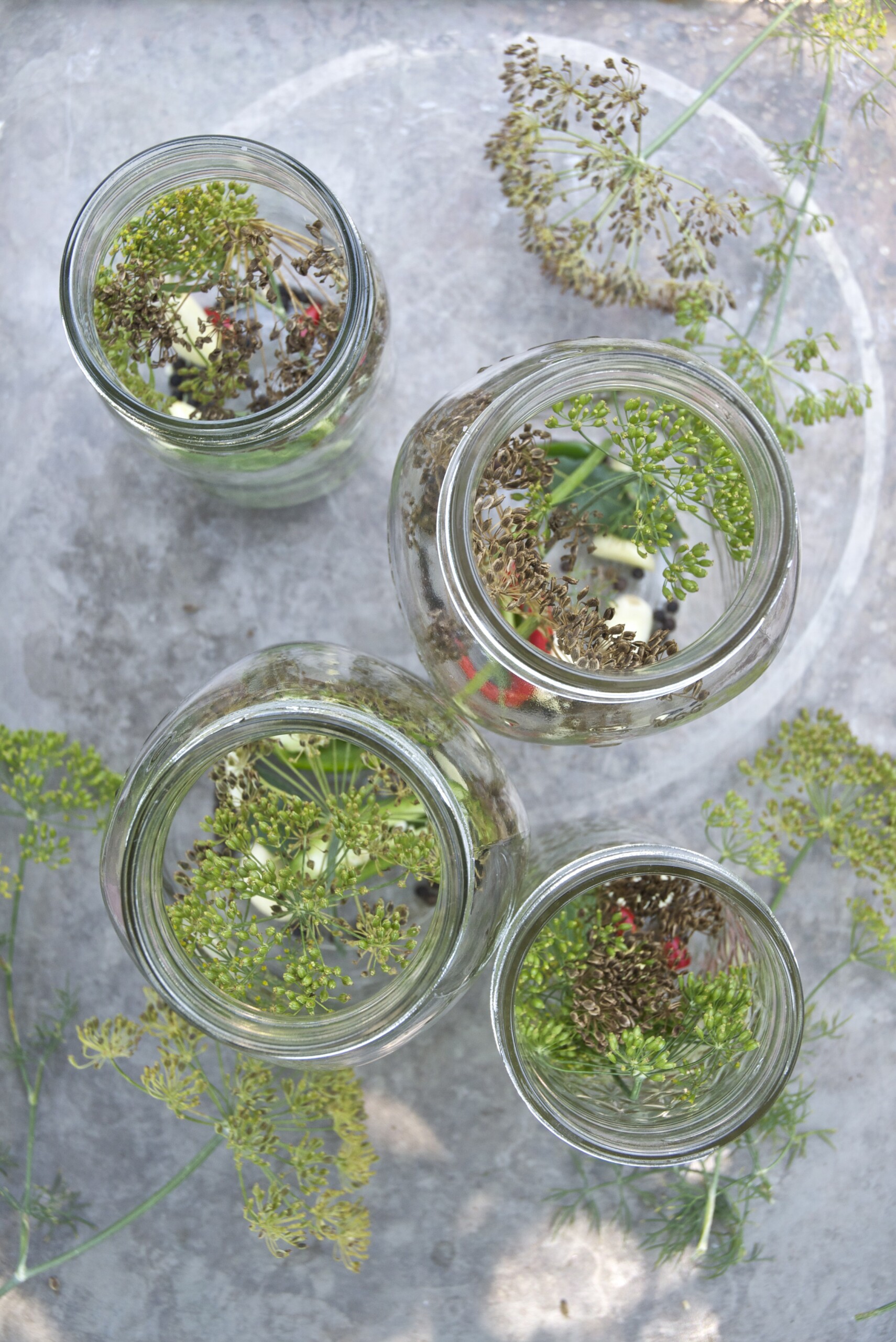

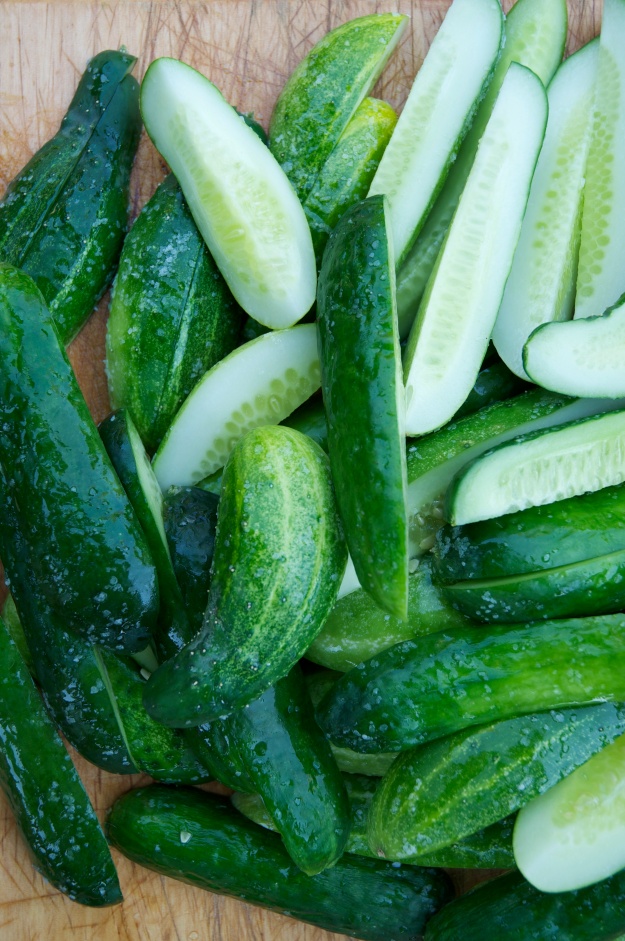
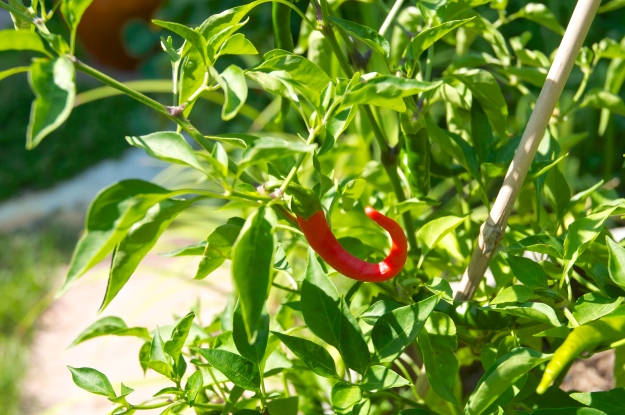
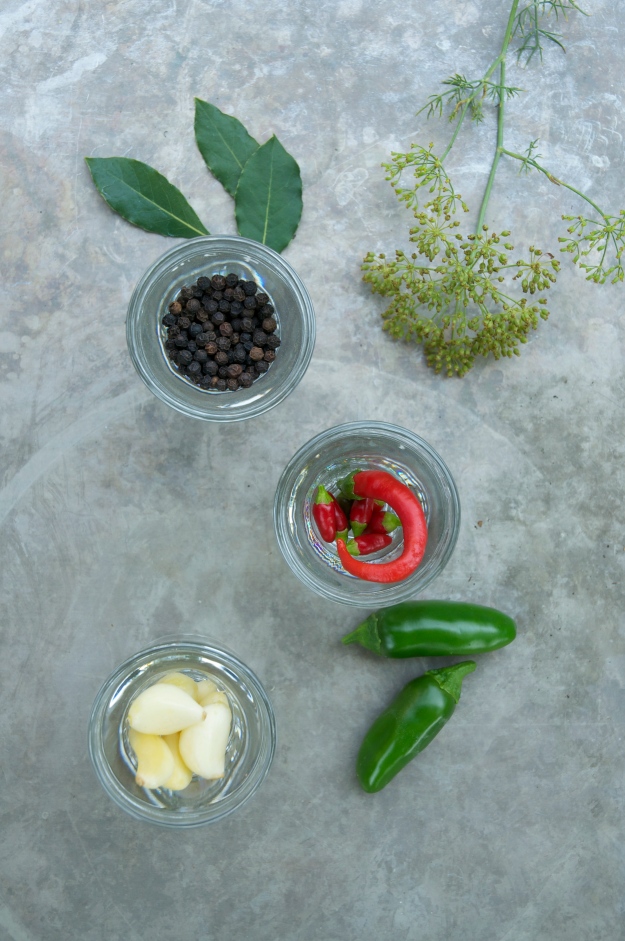
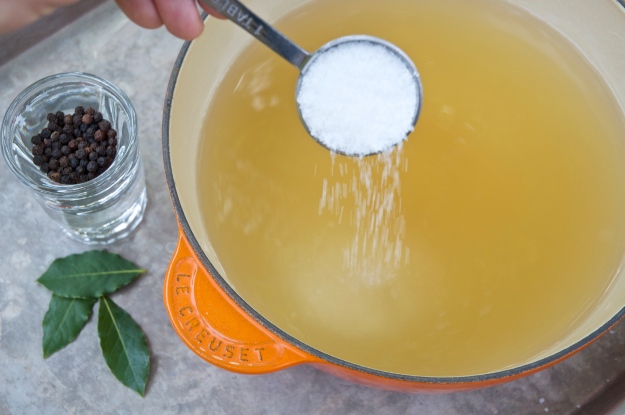

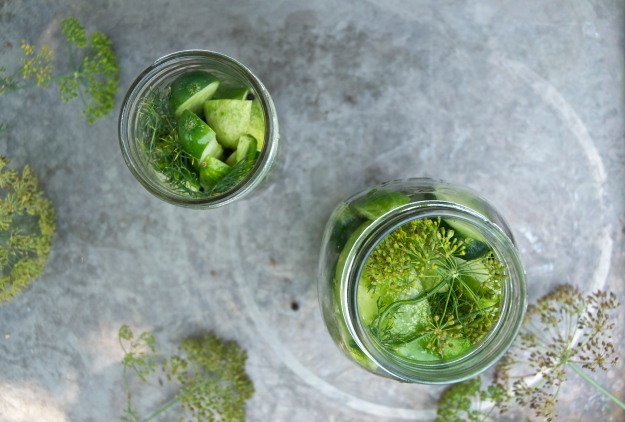
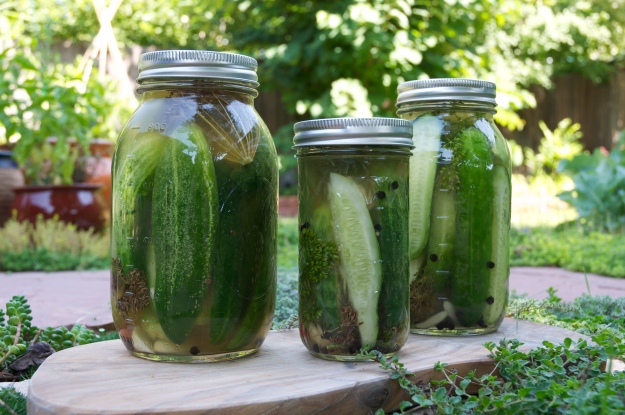


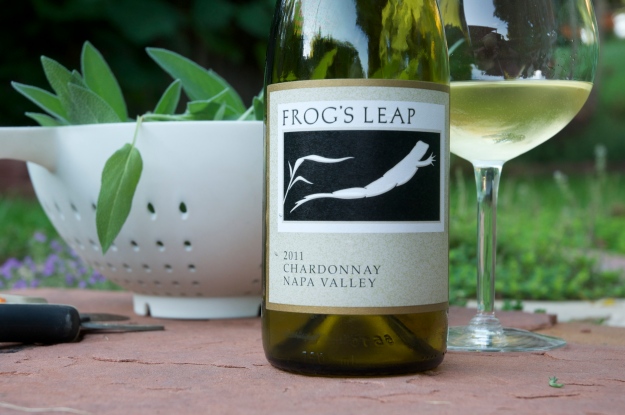

This will be great!! We are moving next month into a home that was occupied by a “master gardener” she is leaving her garden intact!!!! I am so excited! This will be a great recipie and canning tip!
That is amazing, Edie! How exciting to have the garden ready and planned for you…you will have so much fun! This recipe turned out perfectly. In fact, I liked the texture and flavors of the refrigerator pickles even more than my pressure-canned pickles from last summer. Put in as much dill as you can! …and good luck with the move! XO
Reblogged this on SMILE ALWAYS .
[…] had a kitchen, for one… Without the ability to seriously can, this year, I am relegated to quick-pickling and freezing most of my produce. I am almost ready to purchase another freezer; room is running […]
I think that this is the best recipe i’ve tried yet as far as quick pickles, although I agree with your last comment of “put in as much dill as you can!” ….seems like it’s never enough!
[…] Not necessarily so. Enter quick pickling, or as I lovingly name it, quickling. I touched on this subject last year, when I had a surplus amount of cucumbers. Almost anything can be quickled, and radishes do quite […]
[…] — Clip dill sprigs when needed. Use them unabashedly when quick-pickling or making dill-based cocktails. Dill leaves taste their best, when they are harvested before the […]